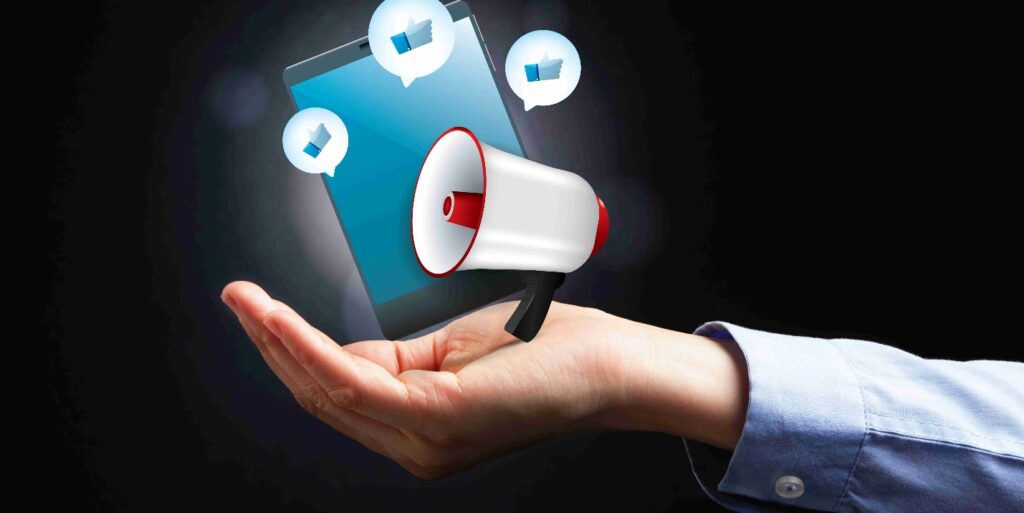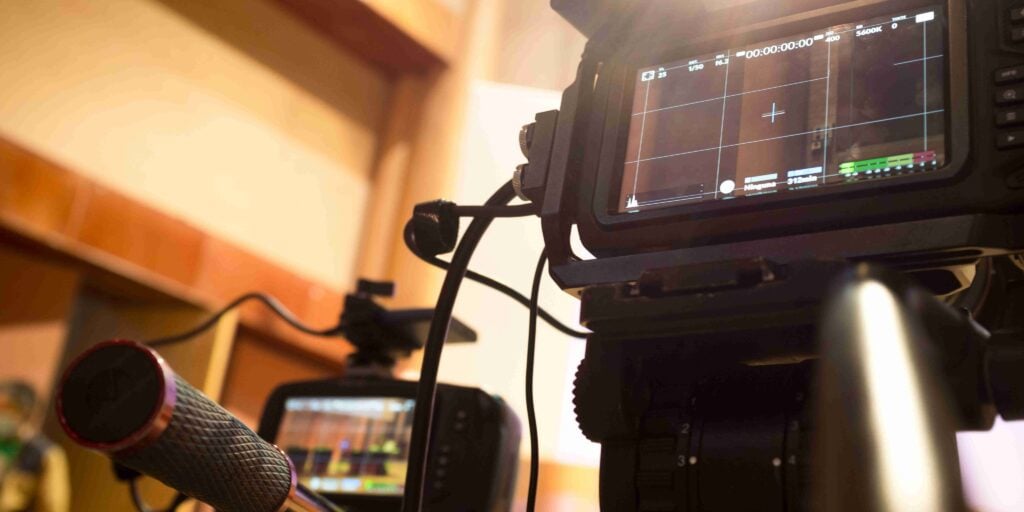Live streaming has rapidly become the go-to solution for hosting events in the digital age, allowing people from around the world to come together virtually. Whether it’s a business conference, a music concert, or a cultural festival, the art of event live streaming is becoming increasingly sophisticated. In this article, we’ll explore the best practices for event live streaming that can make your virtual event a resounding success
Plan and Prepare Throughly

Behind every successful live stream is meticulous planning. Before hitting that “Go Live” button, create a detailed plan that outlines every aspect of your event. Consider factors like the type of event, target audience, and the platforms you’ll use. Here are a few key elements to consider:
- Content Strategy: Determine what content you’ll be streaming. Will it be a single speaker, a panel discussion, or a combination of presentations and entertainment?
- Technical Setup: Ensure you have the right equipment, including cameras, microphones, and lighting. Test everything to avoid last-minute technical hiccups.
- Platform Selection: Choose the right streaming platform for your event. Each platform has its unique features and audience, so pick the one that aligns with your goals.
- Promotion: Don’t forget to promote your live stream well in advance. Use social media, email marketing, and other channels to build anticipation and generate interest.
Invest in Quality Equipment
The quality of your live stream depends heavily on the equipment you use. While you don’t need Hollywood-level gear, investing in good-quality cameras, microphones, and lighting can make a significant difference. Here are some key equipment considerations:
- Camera: A high-definition camera will ensure your visuals are sharp and clear. If your budget allows, consider multiple camera angles for a more dynamic experience.
- Audio: Invest in a good microphone to capture clear audio. Consider using external microphones for speakers and panelists to eliminate background noise.
- Lighting: Proper lighting can make or break your live stream. Ensure that participants are well-lit, and there are no harsh shadows.
- Internet Connection: A stable and high-speed internet connection is crucial. Consider using wired connections for added reliability.
Test, Test, Test
Before going live, conduct thorough testing to identify and resolve any technical issues. Here’s a checklist:
- Tech Rehearsal: Run a tech rehearsal with all participants to ensure everyone is comfortable with the equipment and platform.
- Camera Angles: Check camera angles and framing to ensure everything is in view. Adjust lighting and audio as needed.
- Internet Connection: Test your internet connection’s stability by doing a trial run at the same time of day as your live event.
- Backup Plan: Always have a backup plan in case of technical failures. This might include a backup internet connection, spare equipment, or an alternative platform.
Engage Your Audience

One of the primary advantages of live streaming is real-time engagement with your audience. Encourage interaction through comments, questions, and polls. Here’s how to do it effectively:
- Live Chat: Use the live chat feature to engage with viewers. Appoint someone to monitor the chat and respond to questions and comments.
- Q&A Sessions: Incorporate dedicated Q&A sessions where speakers or panelists answer questions from the audience.
- Polls and Surveys: Conduct polls and surveys to gauge audience opinions or gather feedback.
- Social Media Integration: Encourage viewers to share their thoughts and engage with your event on social media using a specific hashtag.
Create Engaging Content
Your content should be engaging and tailored to your target audience. Consider the following:
- Variety: Mix up your content to keep the audience engaged. Include presentations, discussions, live demonstrations, and interactive sessions.
- Visuals: Use visuals like slides, graphics, and videos to enhance your presentation. Visuals can help convey complex information more effectively.
- Engaging Speakers: Select speakers who are not only knowledgeable but also engaging and dynamic. A charismatic speaker can hold the audience’s attention.
- Timeliness: Keep your event on schedule. Punctuality shows respect for your audience’s time.
Promote Interaction

Encourage active participation from your viewers. Here are some ways to promote interaction:
- Live Polls: Use live polls to gather instant feedback or opinions from the audience.
- Virtual Networking: Consider using breakout rooms or networking sessions to allow participants to connect with each other.
- Gamification: Incorporate elements of gamification to make your event more interactive and fun.
- Social Media Engagement: Encourage viewers to use a specific event hashtag on social media to share their thoughts and connect with others.
Measure and Learn
After your live streaming event, take the time to analyze the data and feedback you’ve collected. What went well, and what could be improved? Use this information to refine your approach for future events. Pay attention to:
- Audience Feedback: Review comments, surveys, and social media mentions to gauge audience satisfaction and collect suggestions.
- Analytics: Analyze viewer statistics, such as the number of viewers, viewer retention, and engagement levels.
- Technical Review: Assess any technical issues that occurred during the live stream and implement solutions to prevent them in the future.
- Content Evaluation: Evaluate the effectiveness of your content. Did it achieve the desired goals and engage the audience?
By planning meticulously, investing in quality equipment, and actively engaging your audience, you can create memorable live streaming events that leave a lasting impact. And remember, each event is an opportunity to learn and refine your approach for even greater success in the future.

